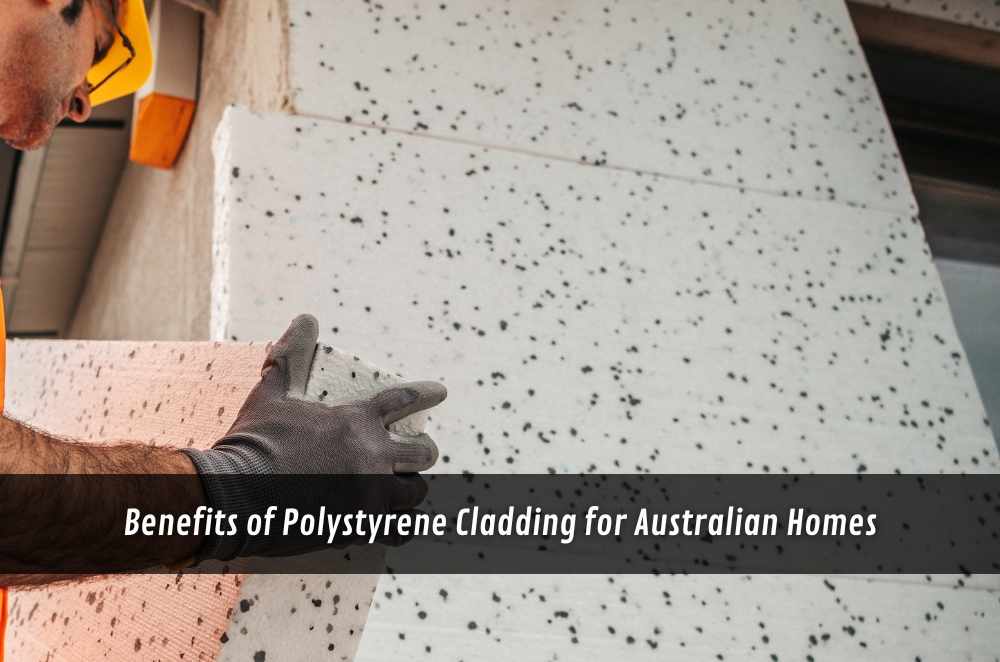
Step into any Sydney neighbourhood and you’ll notice more modern homes wrapped in crisp, clean finishes. That sleek exterior isn’t always brick or render—it’s often polystyrene wall cladding. For homeowners chasing insulation, a contemporary look, and long-term savings, this lightweight material is quickly becoming the go-to choice. But what exactly makes it so popular? Let’s dig in.
Why is polystyrene cladding gaining popularity in Australia
Builders and renovators love it because it’s versatile. Homeowners love it because it looks sharp and saves money in the long run. Compared to traditional materials, polystyrene cladding is:
Lightweight → Easier to install, less structural load.
Durable → Weather-resistant when sealed properly.
Customisable → Can be finished with different textures and paints.
Cost-effective → Lower installation costs compared to bricks or concrete.
I once chatted with a couple in Parramatta who were tired of their tired-looking brick veneer. Instead of a costly rebuild, they added polystyrene cladding. The transformation was huge—their place suddenly looked like a modern show home, and they noticed an immediate drop in their power bills too.
Energy efficiency and insulation benefits for homes
Polystyrene cladding isn’t just about looks—it’s about performance. With rising energy bills across Sydney, insulation has never been more important.
Here’s what it delivers:
Thermal efficiency → Keeps homes cooler in summer and warmer in winter.
Lower energy bills → Reduced reliance on air con and heaters.
Acoustic benefits → Helps soften traffic noise or noisy neighbours.
Eco-conscious choice → Uses less energy during production compared to some alternatives.
A homeowner in Blacktown told me their electricity bills dropped by nearly 20% after installing polystyrene cladding. With western Sydney summers pushing 40 degrees, that’s not a small win—it’s comfort you feel every day.
Safety standards and fire-rated cladding explained
Of course, no conversation about cladding is complete without touching on fire safety. In Australia, strict standards exist for a reason, and not all cladding is created equal.
For the facts, see fire-rated polystyrene cladding. Government guidelines set out what’s compliant and what’s not, ensuring safety isn’t compromised for style.
Key points to remember:
Fire-rated systems are tested under Australian standards.
Proper sealing and render systems add extra protection.
Installation by licensed professionals makes all the difference.
I met a builder who put it bluntly: “The product’s only as safe as the hands that install it.” That’s why using trained, certified installers is non-negotiable.
Costs, value, and long-term savings for homeowners
At first glance, polystyrene cladding looks like a cheaper option—but the real benefit comes over time.
Think of it this way:
Upfront cost → Lower than brick or concrete.
Energy savings → Insulation means reduced bills year-round.
Maintenance → Needs occasional sealing and repainting, but no crumbling mortar to worry about.
Value add → Sharp modern finish boosts property appeal.
For homeowners weighing their options, it’s worth comparing other materials. Check lightweight cladding systems for a breakdown of alternatives and where polystyrene stacks up.
One Sydney family shared that their decision came down to budget. Brick was out of reach, but they didn’t want a “cheap” finish. Polystyrene cladding gave them the modern aesthetic they wanted—without blowing their build costs.
Real experiences: Lessons from Sydney renovations
Stories from the ground often say more than spec sheets.
A young couple in Campbelltown added polystyrene cladding during a renovation and said the house felt “quieter” overnight. They hadn’t expected the acoustic benefits.
A homeowner in Chatswood opted for cladding to modernise an older fibro house. The facelift was so striking, neighbours thought it was a new build.
One builder in the Inner West highlighted how easy it was to install compared to heavier systems—saving time on labour.
Of course, no material is perfect. Concerns about durability or environmental impact sometimes surface. For a balanced perspective, check sustainable building cladding. It digs into eco-friendlier options and how polystyrene fits into the bigger sustainability picture.
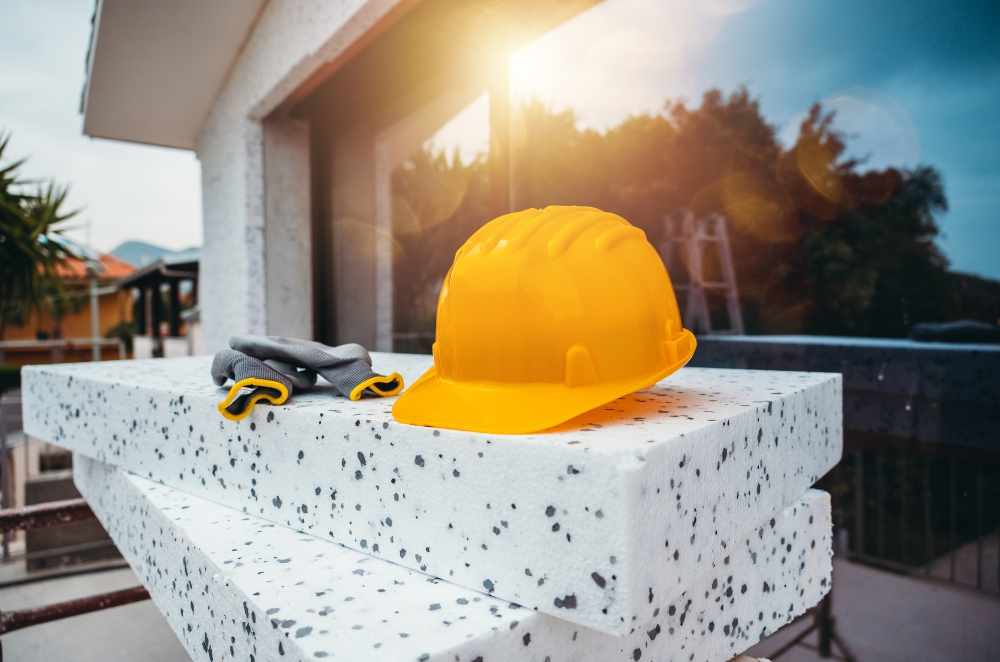
Final thoughts
Polystyrene cladding has gone from niche to mainstream in Sydney homes for good reason. It’s light, versatile, energy-efficient, and budget-friendly.
What to keep in mind:
Always choose certified fire-rated systems.
Installation quality is everything—DIY isn’t the place for cladding.
Think long-term savings on energy, not just upfront cost.
Regular sealing and maintenance keep it performing for years.
At the end of the day, cladding isn’t just a shell—it’s comfort, safety, and value wrapped around your home. And for many Aussies, polystyrene is proving to be the right fit.

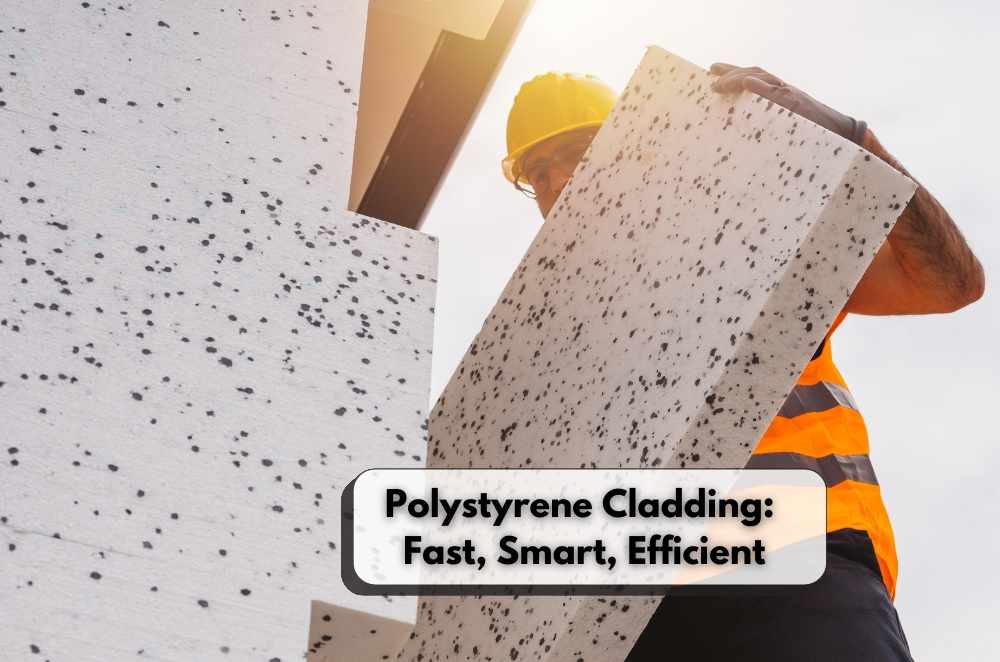
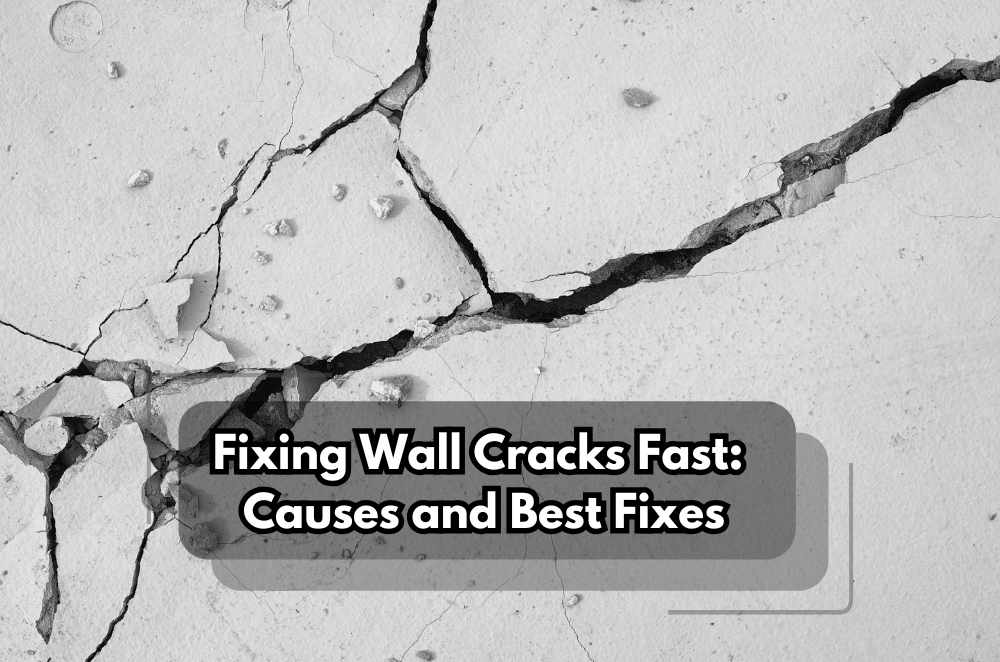
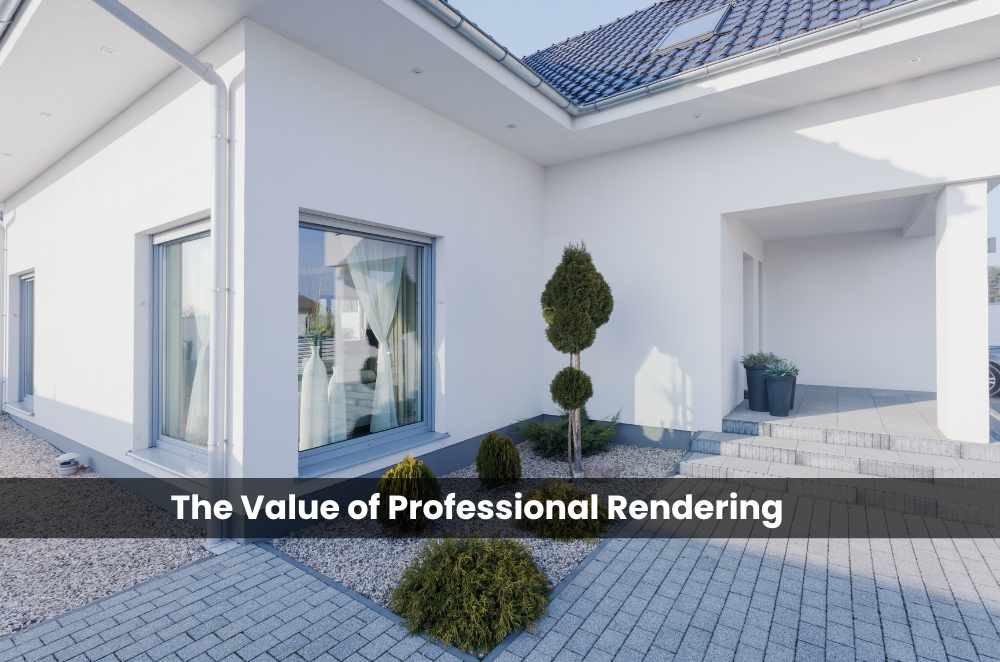
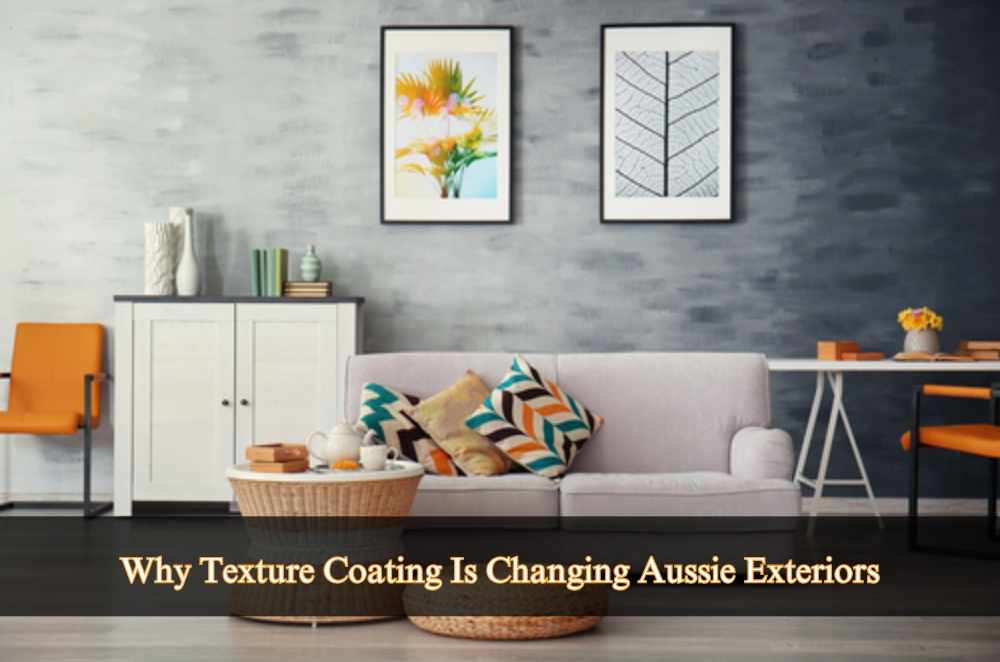






Write a comment ...